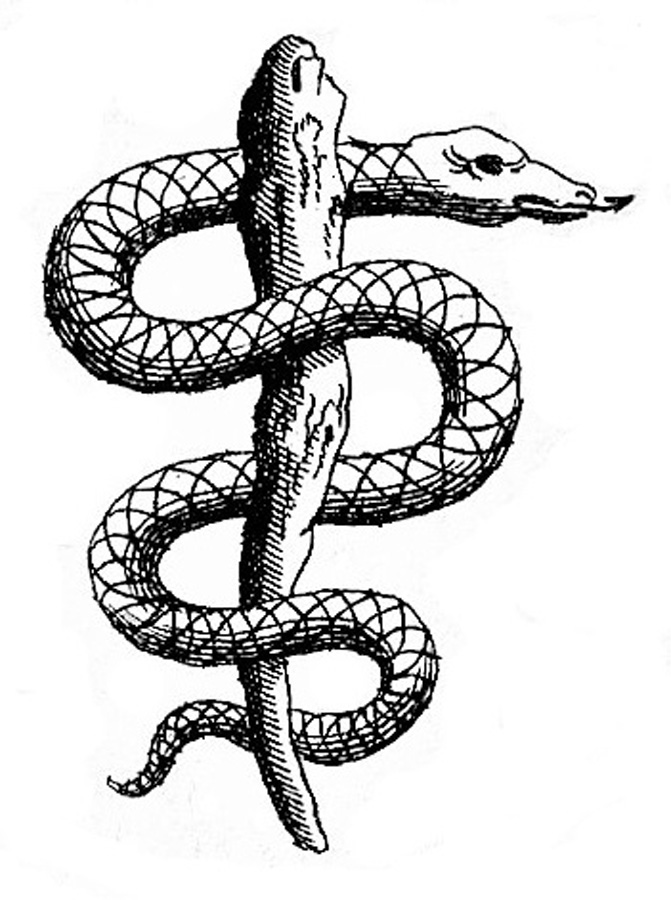London: F. Wingrave, 1805. New edition.
HANDSOMELY BOUND 6-VOLUME EDITION OF GOLDSMITH'S CELEBRATED HISTORY OF THE EARTH WITH OVER 100 ENGRAVED PLATES, EDITED BY A NOTED PHYSICIAN NATURALIST.
Six hardcover volumes, 8 1/2 inches tall, full leather bindings, spine with gilt compartments, and gilt black leather title labels, book-label of Charles Higbee to front paste-down of each volume. Vol. I, xvi, 439 pp, 1 plate; Vol. II, iv, 439 pp, 21 plates; Vol. III, v, 412, 52 plates; Vol. IV, iv, 427 pp, 13 plates; Vol. V, [iv], 444 pp, 19 plates; Vol. VI, iv, 199, index, 3 plates. Corners worn, joints tender but covers and bindings secure, scattered light
(truncated) foxing, very good in custom archival mylar covers.
OLIVER GOLDSMITH (1728 – 1774) was an Irish novelist, playwright, dramatist, poet, and naturalist, author of The Vicar of Wakefield (1766) and She Stoops to Conquer (1771). He first published A History of the Earth and Animated Nature in 1774. The work sought to draw together virtually all that was known about the planet earth, its plants and animals, and even its human inhabitants described from a biological perspective. He had first planned to translate Pliny's Natural History and then, after reading Buffon, he decided that "the best imitation of the ancients was to write from our own feelings and to imitate nature." Goldsmith's Animated Nature went through over twenty editions into the Victorian era; though it can be criticized on technical grounds, the work became the source of what countless individuals in the English-speaking world knew about the natural world around them. Goldsmith wrote with clarity and precision; for example, he admitted one of the most common confusions in natural history of the period in his discussion of the "border" between plants and animals. Goldsmith weighed in on the side of those who believed that all human varieties derived from a single species, admitting however that great changes seemed able to occur in individual members of a species, including our own. His entire discussion of humans takes place, significantly, in a section of his work entitled An History of Animals. Among his papers at his death was the prospectus of an encyclopedia, to be called the Universal Dictionary of the Arts and Sciences. He wished this to be the British equivalent of the Encyclopédie and it was to include comprehensive articles by Samuel Johnson, Edmund Burke, Adam Smith, and Edward Gibbon. Editor of the present edition of Goldsmith's Animated Nature, WILLIAM TURTON (1762 – 1835) was an English physician who in addition to the practice of medicine devoted his time to natural history, especially conchology. He published several illustrated shell books, and a translation of Linnaeus' Systema Naturae in 1806. His shell collection is now located at the Smithsonian Institution. In his introduction to the Present Edition, Turton states, "Of a work which has so long continued to give delight and instruction, it would now be superfluous to appreciate the merits, or discuss the utility. But as Natural History has been, since the original publication, much studied and much improved; it was thought that an edition, correcting the known errors, and supplying the deficiencies, would make it more gratifying, as it was more perfect. The whole of Goldsmith's engagingly descriptive language is preserved, and what has been added in this edition, is put between brackets."
(Inventory #: 1413)















![100+ ANATOMIC ENGRAVINGS. Thomae Bartholini anatome ex omnium veterum recentiorumque observationibus : imprimis institutionibus b. m. parentis Caspari Bartholini, ad circulationem Harvejanam, et vasa lymphatica quartum renovate, cum iconibus novis & inducibus [The anatomy of Thomas Bartholin comprising all the early and current observations: including the work of the father Caspar Bartholin, the circulation of Harvey, and the fourth revision of the lymphatic vessels, with new illustrations and descriptions]](https://d3525k1ryd2155.cloudfront.net/h/290/807/1666807290.0.m.jpg)